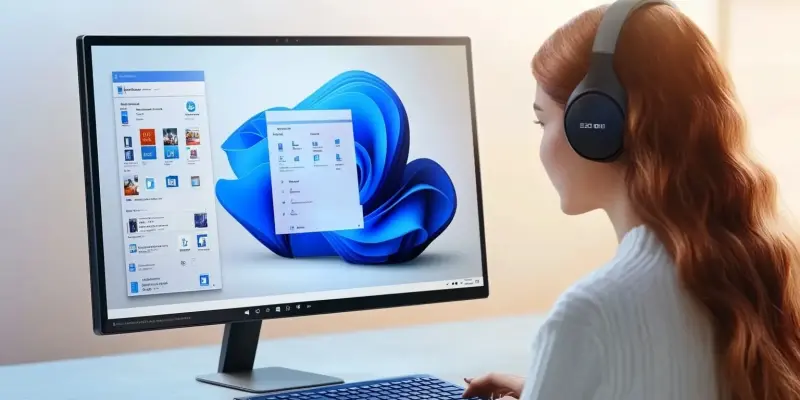As the tech world progresses rapidly, it comes as no surprise that Microsoft’s Windows 10 support will officially end on October 14, 2025. With this in mind, Windows 10 users face a crucial decision: upgrade to Windows 11 to ensure continued access to free software updates and an optimal user experience. Upgrading to Windows 11 is not just about staying current with updates; it offers enhanced security, improved performance, and new features that can significantly improve your daily computing activities.
How to Check Windows 11 Compatibility
The first essential step is to ensure that your device meets the hardware requirements for Windows 11, which Microsoft has outlined clearly. Users can find these requirements listed on the official website, and matching these criteria is critical for a smooth upgrade. Key hardware requirements include a compatible 64-bit processor with at least 1 GHz clock speed and 2 cores, a minimum of 4GB RAM, at least 64GB storage, UEFI with secure boot capability, TPM version 2.0, a DirectX 12 compatible graphics card (with WDDM 2.0 driver), and a display of 720p resolution and above. Meeting these specifications is crucial as it ensures compatibility and optimal performance of Windows 11 on your device.
The easiest and most recommended way to check whether your device can run Windows 11 is by using the PC Health Check app provided by Microsoft. After downloading and installing this app, it will analyze your device and offer a clear indication of Windows 11 eligibility. While the app is generally accurate, it’s worth noting that it may take up to 24 hours for eligibility details to update after a hardware upgrade. If for some reason, you do not receive these details or doubt the result, manually refreshing the Windows 11 eligibility assessment using Task Scheduler or an administrative command prompt can be an effective alternative. Additionally, detailed documentation and support are available online, ensuring users have all the guidance required to troubleshoot any issues related to compatibility checks.
How to Upgrade to Windows 11
Once you have confirmed that your device is Windows 11 compatible, the next logical step is to upgrade. The most straightforward method for upgrading is to wait for the official update from Microsoft and download it via the Windows Update page within the settings menu. By navigating to the Windows Update section, users can check for updates, and if Windows 11 is available, it will appear for download. Once the download is complete, you will be prompted to restart your device, after which the installation will proceed, culminating in the Windows 11 operating system being operational on your machine. However, it is crucial to back up important data before proceeding with the upgrade to avoid any potential data loss.
An alternative method for users eager to upgrade before Microsoft rolls out the update is using the Windows 11 Installation Assistant or Windows 11 Installation Media. The Windows 11 Installation Assistant provides a more hands-on approach for users meeting the upgrade requirements ahead of the scheduled release. Furthermore, creating Windows 11 Installation Media allows for flexibility, as users can run it on their current version of Windows or boot the device from the media to install a fresh copy of Windows 11. This approach is particularly useful for users who prefer a clean installation to ensure optimal system performance. It’s vital to follow the instructions meticulously to avoid any complications during the installation process.
Conclusion: Taking the Next Steps
As technology continues to evolve at a breakneck pace, it’s no surprise that Microsoft has announced that support for Windows 10 will officially end on October 14, 2025. This means that Windows 10 users are now faced with an important decision: whether to upgrade to Windows 11. Upgrading is essential to continue receiving free software updates and maintaining an optimal user experience. But the benefits of upgrading to Windows 11 aren’t limited to just staying current with updates. Windows 11 offers a host of improvements, including enhanced security features, better performance, and new functionalities that can significantly enhance daily computing tasks. Additionally, Windows 11 introduces a fresh, modern interface that is designed to be more intuitive and user-friendly. When considering this upgrade, users should think about the long-term advantages in areas like ransomware protection and updated malware defenses. Embracing Windows 11 ensures that you’ll stay protected and get the most out of your computing experience well into the future. The transition may require some adjustment time, but the upgrades and improvements make it more than worthwhile.

